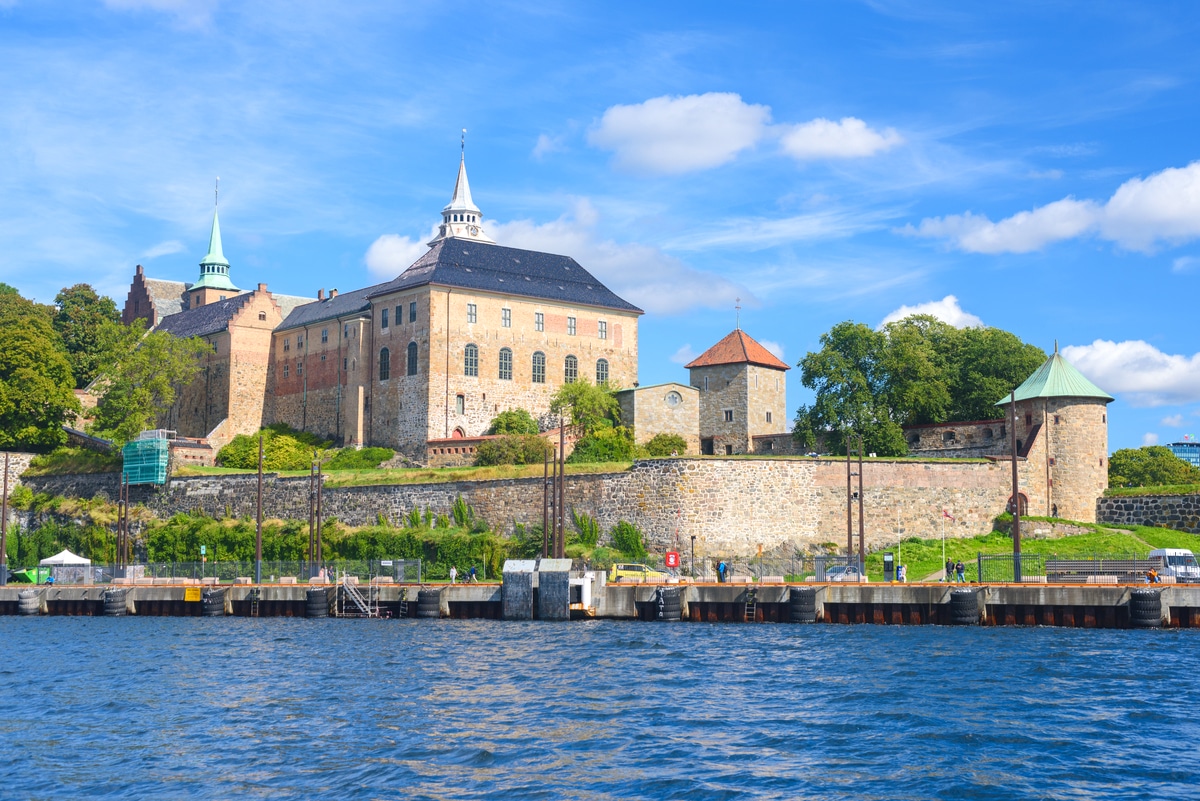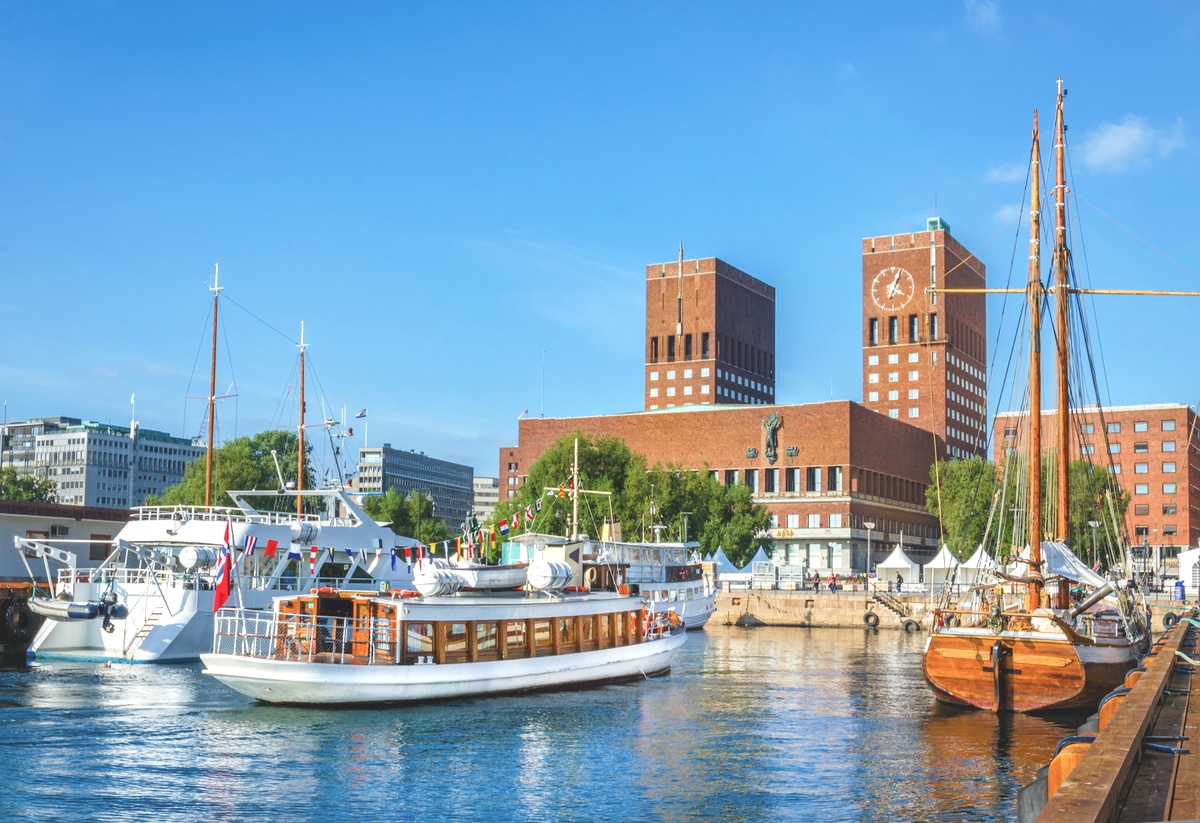Akershus Fortress

Akershus Festning
Above all, Akershus is a stone symbol of Norway's political history with its ups and downs. Akershus is a landmark, a national symbol, a museum site, the burial place of Norwegian kings, a ceremonial site for official acts of state, a park and a military site, some of which is still in active use. In any case, Akershus is definitely worth a visit.
The beginnings of Akershus are thought to date from around 1300. Probably in response to the burning of Oslo, which at that time had been made the center of the empire by King Håkon V, a first fortification was built on the Oslofjord. In the course of the following centuries, Akershus, which also served as a residence for many rulers of Norway, was constantly expanded and supplemented by extensive outdoor facilities. Fires and wars regularly caused damage that had to be compensated. In the periods from 1500 onwards, Akershus was besieged several times by Danish or Swedish troops, but never taken. In the 17th century, Christian IV, King of both Denmark and Norway, had parts of the castle rebuilt into a Renaissance castle. Finally obsolete from a military point of view, Akershus largely fell into disrepair in the 18th century and was used as a warehouse and prison, among other things. When Akershus finally lost its fortress status after the start of the union with Sweden in 1814/15, the building was to be demolished. However, there was a lot of resistance, especially from national-minded bourgeois circles. As a result, Akershus was reactivated and modernized.
In the 20th century, Akershus, which had never been conquered before, became the scene of a military conflict for the last time. After the invasion of Norway by German troops in 1940, the Norwegian government evacuated Oslo. The fortress of Akershus was handed over to the Nazi occupiers without a fight. The occupation regime established a puppet government of collaborators led by Vidkun Quisling in 1940. Initially named "Reichskommissar," Quisling was sworn in as prime minister in 1942 at Akershus, which at the time also served as a prison and execution site for Norwegian resistance fighters and German conscientious objectors. After the German surrender, Quisling was sentenced to death by a Norwegian court and executed at Akershus in October 1945.
Akershus, which has been finally renovated today, is divided into several areas: the castle, the bastion and the outer grounds. The castle complex consists of several buildings of different construction periods such as the stable yard (Stallgården), the south wing (Sydfløyen) and the north wing (Nordfløyen). Under the church of the south wing, the royal mausoleum was established as the final resting place for the monarchs who ruled over Norway since the dissolution of the union with Sweden in 1905. Important buildings worth seeing in the bastion area include the Queen's Battery (Dronningens batteri) and Skarpenort's Powder Tower (Skarpenorts kruttårn). In the outdoor area, dominated by a lot of park greenery, there are also numerous historical buildings to visit. The interested visitor will find profound information on various subjects of Norwegian history in the exhibitions and libraries of the two special museums of Askerhus, namely the Military Museum (Forsvarsmuseet) and the Resistance Museum (Norges Hjemmefrontmuseum).





